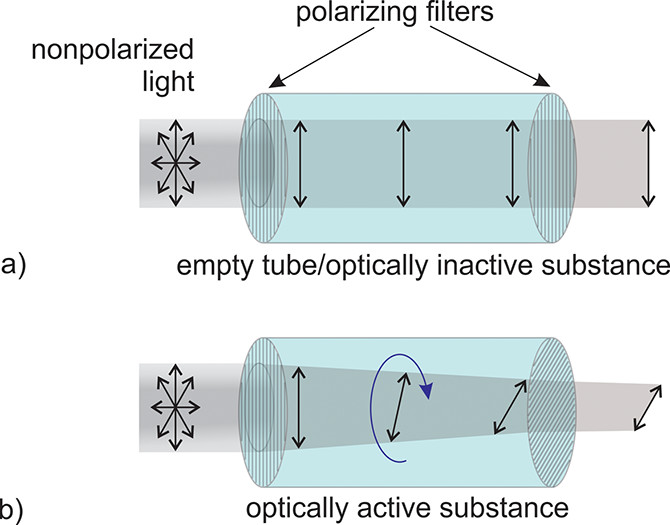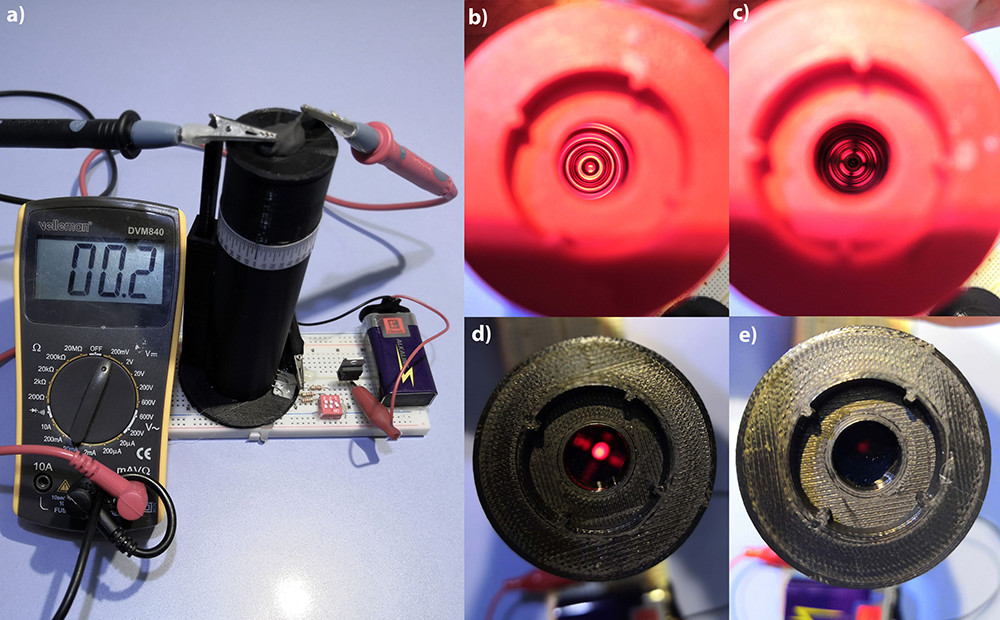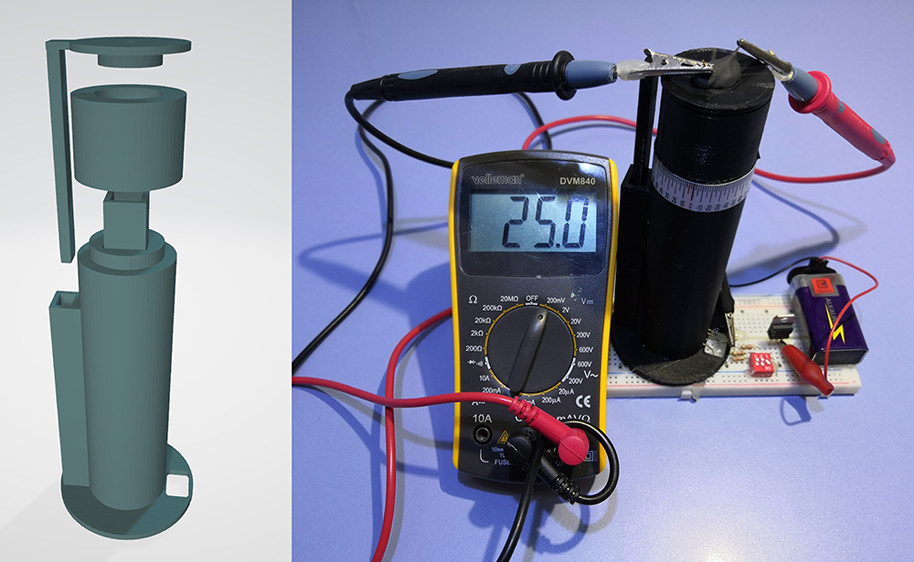Science and technology classes, particularly at University level, often require specialist apparatus that can be costly and difficult for students to get to grips with. This is where 3D printing can be of assistance, offering a low-cost method of manufacturing components for technical learning tools. Paweł Bernard from Jagiellonian University and James Mendez from Indiana University have demonstrated this in their paper detailing the design and construction of a 3D printed polarimeter for use in chemistry classes.
3D printing a low-cost polarimeter
A polarimeter is used to measure the angle of rotation of polarized light after it has passed through an optically active substance or chemical. It typically consists of a sample chamber to hold the substance, a monochromatic light source, and two polarizing filters – one before the sample and one after. The second filter is rotatable, allowing the user to adjust it to the angle of the rotated light once it has passed through the sample until the maximum amount of light is let through again. The difference between the ‘input’ angle and the ‘output’ angle is the degree to which the light has rotated as a result of passing through the optically active substance.

The duo’s 3D printed polarimeter used a basic LED light source and detector housed in a completely 3D printed body. The PLA body could be “3D printed in a reasonable time” with soluble PVA supports, and the filaments and electronics are low-cost and readily available. The design is also fairly intuitive so expertise is not required to correctly assemble the polarimeter – simply slotting in two polarizing filters on either end of the body. A test tube can be used to hold the chemical sample in the polarimeter, and the brightness of the output light can either be eyeballed or measured precisely using a low IR radiation sensitivity photodiode powered by a 4.5V, 5V, or 9V battery.

Testing the polarimeter
The researchers put their polarimeter to the test with 65 high school chemistry students. Working in small groups, the students took light measurements of pure liquids and aqueous solutions with the 3D printed instrument. The general consensus was that the polarimeter was quick and easy to operate, with samples being substituted and measured within a minute. The students did, however, need to be told to rotate the cap in only one direction to get an accurate measurement of the rotation angle, as the device had identical readings in both directions. For example, a rotation of 90° would result in the same brightness reading as 270°.
In a second trial, the researchers asked 16 chemistry undergraduates working in pairs to assemble the polarimeter from scratch. The students had no prior experience with measurement device assembly but were given detailed instructions to follow. Working through a comprehensive kit that included the 3D printed body and a set of breadboards, the students managed to construct the polarimeters in less than an hour, validating the accessibility of the design for classroom use.
Further details of the design, construction, and testing of the 3D printed polarimeter can be found in the paper titled ‘Low-Cost 3D-Printed Polarimeter’. It is co-authored by Paweł Bernard and James Mendez.

3D printing certainly has its uses in the classroom, and the polarimeter is not the only educational tool to be produced using additive manufacturing. Engineers from the University of Auckland’s New Dexterity research group have recently published an academic paper detailing the design and construction of a partly 3D printed robotic airship. The low cost, open-source design is to be used indoors for educational and research purposes. Elsewhere, in the UK, the CREATE Education Project is working with Rolls-Royce to bring 3D printing education to UK classrooms.
The nominations for the 2020 3D Printing Industry Awards are now open. Who do you think should make the shortlists for this year’s show? Have your say now.
Subscribe to the 3D Printing Industry newsletter for the latest news in additive manufacturing. You can also stay connected by following us on Twitter and liking us on Facebook.
Looking for a career in additive manufacturing? Visit 3D Printing Jobs for a selection of roles in the industry.
Featured image shows 3D printed polarimeter and its different brightnesses. Photos via Paweł Bernard and James Mendez.



